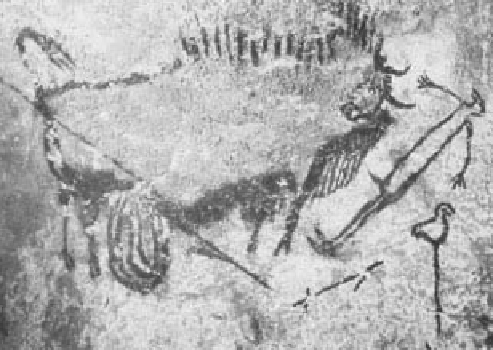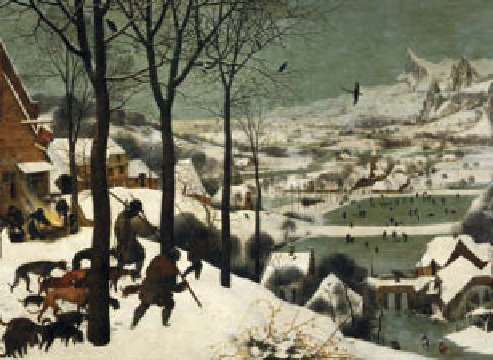Geoscience Reference
In-Depth Information
universities, museums and public agencies, including
national and intergovernmental agencies and the United
Nations, which collate data from many sources for
environmental management and forecasting purposes.
Intermittent, informal and private records also exist in
the form of diaries, etc. Celebrated examples include Pliny
the Younger's account of the
AD
79 Vesuvius eruption; the
impact of the Laki fissure eruptions (Iceland) in 1783
reported as far away as Paris by Benjamin Franklin, who
helped draft the American Declaration of Independence;
and a diary kept by Gilbert White, vicar of Selborne
(Hampshire) from 1751 and published as
The Natural
History of Selborne
in 1788.
These accounts open up a huge, but indirect, potential
source of environmental record contained in historical
documents kept for other purposes. The least indirect
include medieval ships' and harbourmasters' logs of
shipping and cargo movements, when visual impacts of
general weather, storms and ice conditions were recorded
without need for meteorological instruments. Using
modern analogue storm events, independent records
across Europe have been mapped into computerized
atlases of historic storms, such as those which hindered
and eventually scattered the Spanish Armada in 1588.
Their significance extends to correlation with
parameteo-
rological
storm-induced geophysical events such as
landslides, tidal surges and floods and the ability to date
these precisely. Less direct evidence comes from financial
transactions, accounts, property inventories, chronicles,
wills and other legal documents whose subject matter may
have been influenced by climate and environmental
events. Allowing for the behavioural, socio-economic
and cultural bias in their collection and interpretation,
they are really
proxy
documentary records. Nevertheless,
Beveridge's grain price records from
AD
1316 to 1820 and
accounts and estate records of Cistercian monasteries are
taken as sample proxies of climate and climate-land
surface change worth further research. Partly for correla-
tion potential with documentary records, the third (2001)
and fourth (2007) IPPC Climate Change Assessments
review climate change since
AD
800-1,000.
The least direct, most liberal definition of documentary
records considers the value of artwork and literature in
environmental reconstruction. Later Palaeolithic art in
much of Eurasia, found on cave walls as at Lascaux, France
(
Figure 23.6
),
or as bone/ivory figures, shows predomi-
nantly cold-stage fauna - including now extinct animals
- contrasting with humid tropical fauna depicted in
Holocene rock art in the Sahara desert. Illuminated
medieval manuscripts, landscape painting during recent
centuries (
Plate 23.10
)
and modern photography provide,
hunter, drawn from an Upper Paleaolithic cave painting c.14ka
BP
at Lascaux, Dordogne, south-west France.
painted by the Flemish landscape artist Peter Breugel in 1565.
It is tempting to regard this evocative winter scene as an icon
of severe Little Ice Age winters - but is it correct?
Source: Kunsthistorisches Museum, Vienna
literally, 'snapshots' in time of landscapes no longer
surviving. Similarly, literature reports deliberate or
inadvertent images of what authors saw 'through the
window'. This is obvious in Thomas Hardy's novels,
often dramatically describing nineteenth-century rural
landscapes and weather events, and perhaps no less real
in some of Shakespeare's sonnets and plays written in
specific years. Does this excerpt from his play
King Henry
V
reflect a harsh English Little Ice Age winter in
AD
1599?
Speaking of Henry's army before the battle of Agincourt
in
AD
1415, the Constable of France says: 'Dieu de
batailles, where have they this mettle ? Is not their climate











































